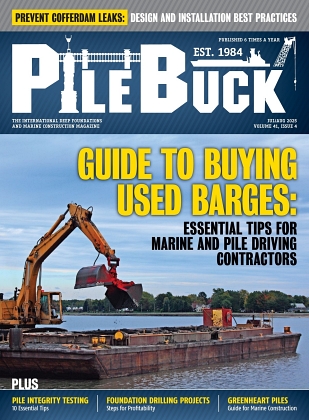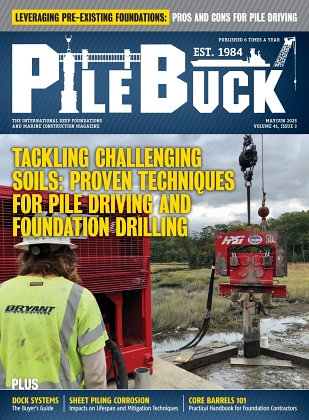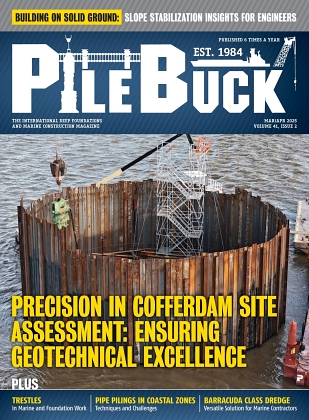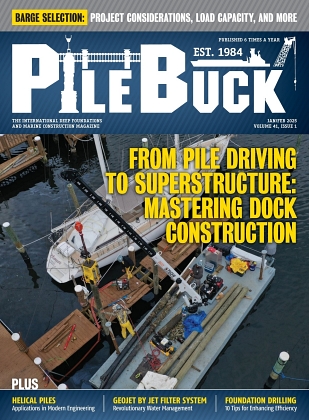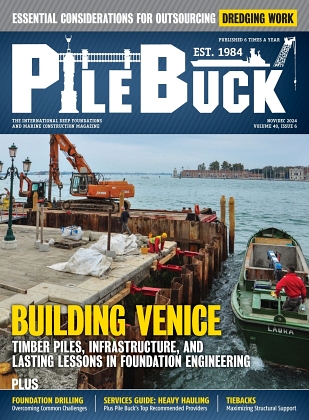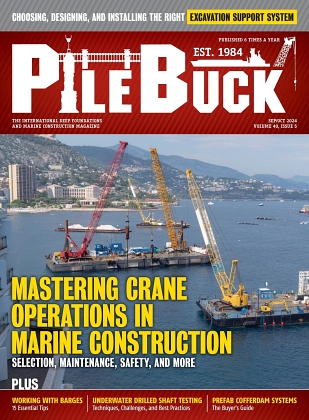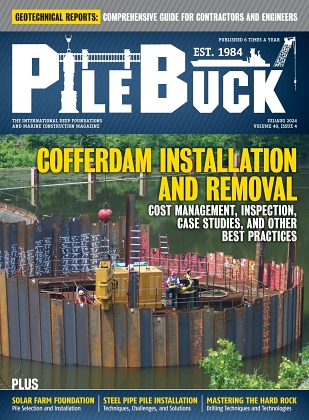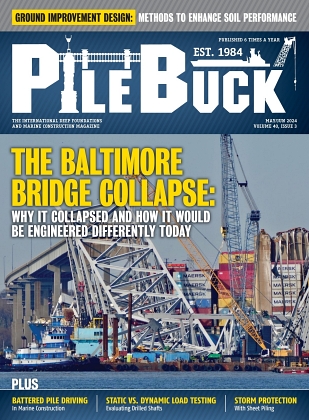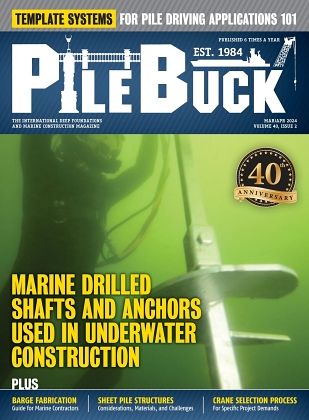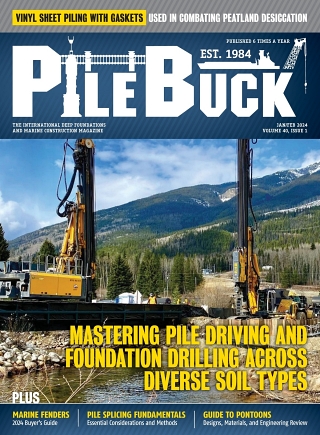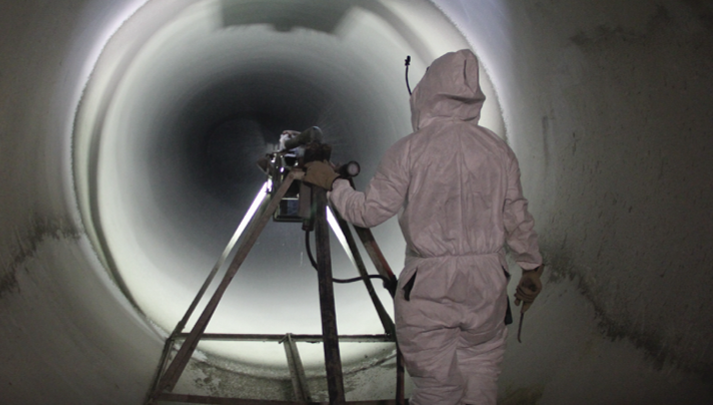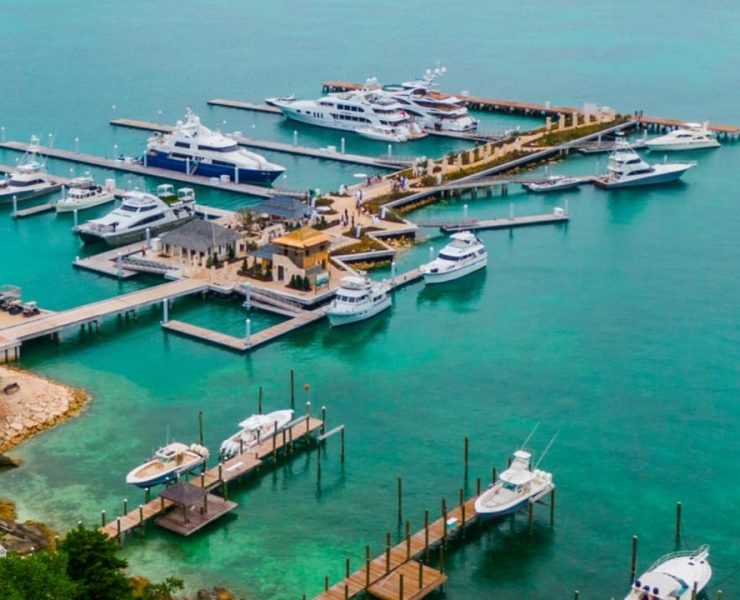How Commercial Diving Supports Lifecycle Maintenance of Marine Infrastructure
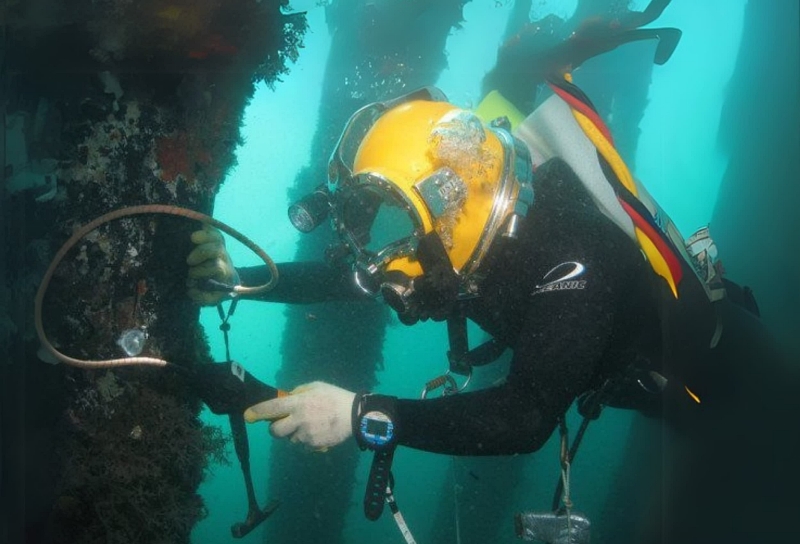

Marine infrastructure—ports, bridges, wharves, docks, and underwater foundations, forms the backbone of global trade and transportation. Yet much of this critical infrastructure exists below the surface, hidden from view and constantly exposed to harsh marine conditions. Over time, these submerged components face corrosion, impact, sedimentation, and environmental wear. Maintaining them requires precision, expertise, and technology that only commercial diving support for marine infrastructure can provide.
From initial installation to decades-long maintenance and repair, commercial diving plays an indispensable role in safeguarding structural integrity. By combining underwater engineering knowledge with advanced inspection and repair capabilities, professional diving teams ensure that marine assets remain safe, efficient, and operational across their entire lifecycle.
The Role of Divers in Marine Infrastructure Maintenance
Installation and Commissioning
The lifecycle of any marine structure begins beneath the waves. During installation, piles, anchors, and concrete foundations must be placed with millimeter-level precision to achieve the required load capacity and alignment. Expert underwater construction services ensure that foundations are set correctly, debris is cleared, and structures are fully embedded within the seabed.
Diving teams work hand-in-hand with surface crews, using real-time communication systems and video monitoring to verify positioning, inspect welds, and confirm structural integrity before final commissioning. Early underwater verification prevents costly realignments and extends the lifespan of marine foundations from the very start.
Routine Inspection and Monitoring
Once operational, underwater assets require consistent monitoring to detect early signs of deterioration. Divers conduct visual and sonar-based inspections, record video footage, and perform ultrasonic thickness testing to track corrosion, scour, or cracking. Through comprehensive underwater inspection programs, marine operators can proactively identify structural vulnerabilities long before they become safety or operational threats.
Regular underwater assessments are particularly vital for high-traffic facilities such as ports, terminals, and offshore platforms. By integrating diver-led inspections into maintenance planning, asset managers minimize unplanned outages and maintain regulatory compliance with maritime safety standards.
Intervention, Repair, and Restoration
Even with preventive measures, marine structures inevitably sustain damage over time. Corrosion, impact from vessels, or environmental factors can compromise the integrity of underwater elements. When that happens, diver teams are the first line of response, executing repairs while the structure remains in service.
Through underwater repair and maintenance solutions, professional divers perform concrete patching, grout injection, rebar replacement, and cathodic protection installation to halt corrosion. When sections require full removal, specialized underwater cutting and demolition techniques allow damaged components to be precisely excised and replaced with minimal disruption.
In critical operations such as bridge piling or dock rehabilitation, divers use diamond tools, hydraulic cutters, and wire saws to restore structural strength safely under pressure. These underwater repair capabilities dramatically reduce downtime compared to dry-dock or deconstruction methods.
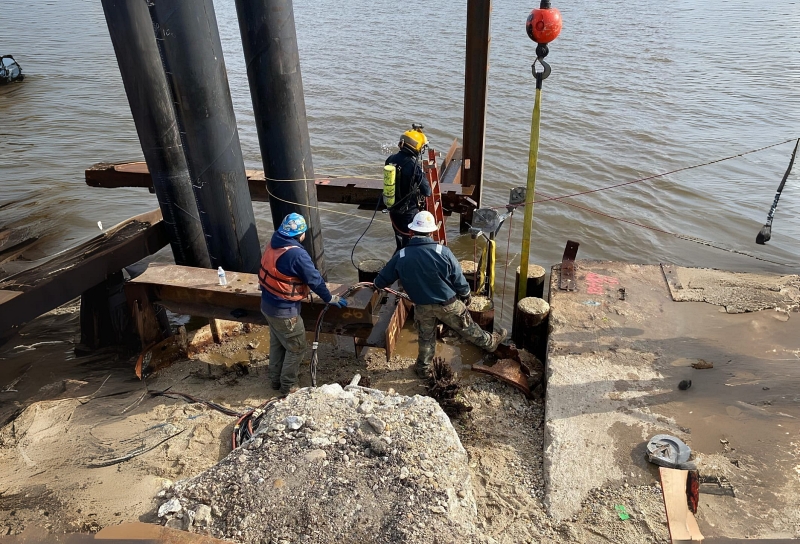
Lifecycle Optimization and Asset Extension
Marine infrastructure represents significant capital investment, and extending its usable life yields major returns. By combining proactive inspection, preventive maintenance, and responsive repair, marine construction and support services enable operators to push beyond original design lifespans while maintaining safety and performance standards.
Over time, this approach evolves into a data-driven maintenance strategy. Each inspection adds to a cumulative record of condition data, helping owners predict future deterioration and schedule targeted interventions. The result is a lifecycle model that reduces cost, minimizes risk, and ensures reliable operation for decades.
Technology Beneath the Surface
While divers remain at the core of underwater operations, modern technology has revolutionized how they work. Remotely operated vehicles (ROVs) complement human divers in hazardous or deep environments, capturing high-definition footage and 3-D sonar imagery. Digital reporting platforms now allow inspection findings to be shared in real time between surface engineers and diving teams, streamlining decision-making during live operations.
In repair applications, advanced concrete cutting techniques increase precision and efficiency. Diamond wire sawing, hydro-demolition, and robotic arms allow for controlled material removal without compromising nearby components. The integration of these methods ensures faster project completion and safer outcomes in even the harshest marine conditions.
Overcoming Challenges in Underwater Maintenance
Working beneath the surface presents a unique set of obstacles. Divers must contend with low visibility, changing currents, and fluctuating temperatures while maintaining pinpoint accuracy. Every underwater project demands meticulous planning, scheduling around tides, ensuring proper decompression protocols, and coordinating communication between underwater and surface teams.
Partnering with experienced underwater construction and repair specialists ensures that each phase, from inspection to execution, adheres to rigorous safety standards. These teams combine certified divers, advanced tooling, and strict quality control measures to manage complexity without compromising project schedules or environmental protection requirements.
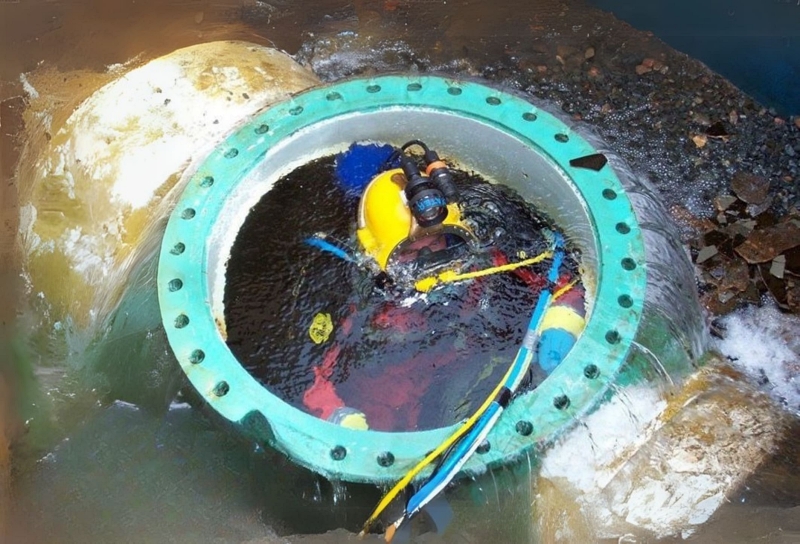
The Business Case for Proactive Diver-Led Maintenance
For owners and operators, the value proposition is straightforward. A single structural failure in a pier, bridge, or underwater pipeline can halt operations and cost millions in repairs and lost productivity. Preventive diver-based maintenance reduces these risks dramatically.
By engaging teams skilled in underwater repair and maintenance solutions, owners minimize costly shutdowns and extend the lifespan of their marine investments. Furthermore, the environmental and regulatory benefits are significant. Maintaining existing infrastructure in situ prevents the need for new construction, reducing material waste and marine disturbance.
This proactive approach also enhances sustainability. As global focus shifts toward eco-conscious construction and coastal resilience, underwater maintenance ensures that existing assets continue to perform efficiently without requiring large-scale replacements.
Building the Future of Marine Infrastructure Maintenance
The future of marine maintenance lies in integration combining diver expertise, digital monitoring, and sustainable engineering. Predictive analytics, AI-driven inspection tools, and ROV-assisted surveys will continue to complement human divers, increasing accuracy and reducing risk.
Yet technology alone cannot replace the precision and problem-solving capability of experienced divers. Their ability to adapt, assess, and act underwater remains irreplaceable. The partnership between innovative tools and skilled human intervention defines the modern standard for integrated underwater construction and repair, a model that drives safety, efficiency, and long-term reliability across marine industries.
Through consistent investment in inspection and maintenance, owners not only safeguard assets but also reinforce their commitment to responsible, long-term infrastructure management. Beneath the waves, the work of professional diving teams continues to protect the unseen foundations of the world’s ports, bridges, and coastal structures ensuring that they stand strong for generations to come.


